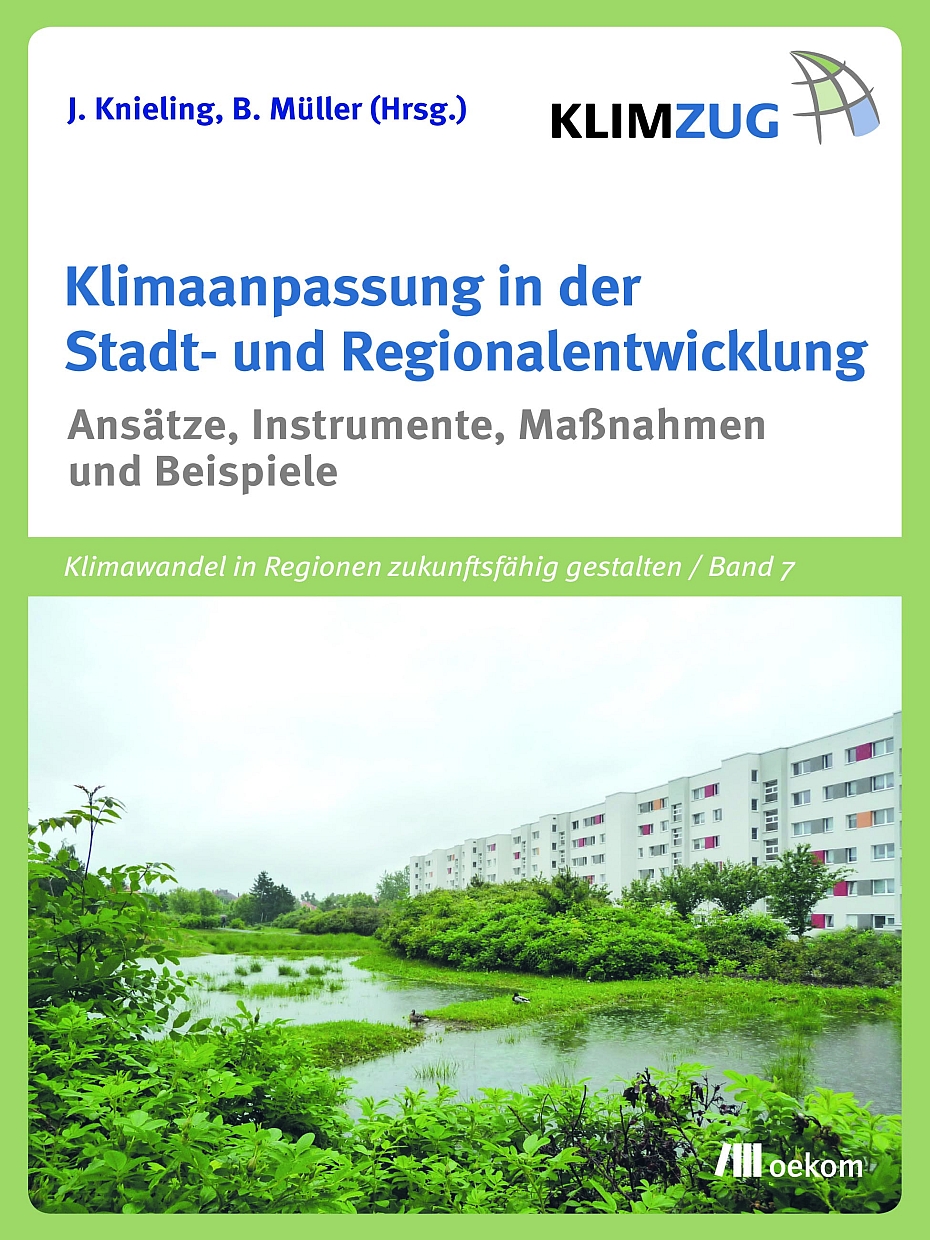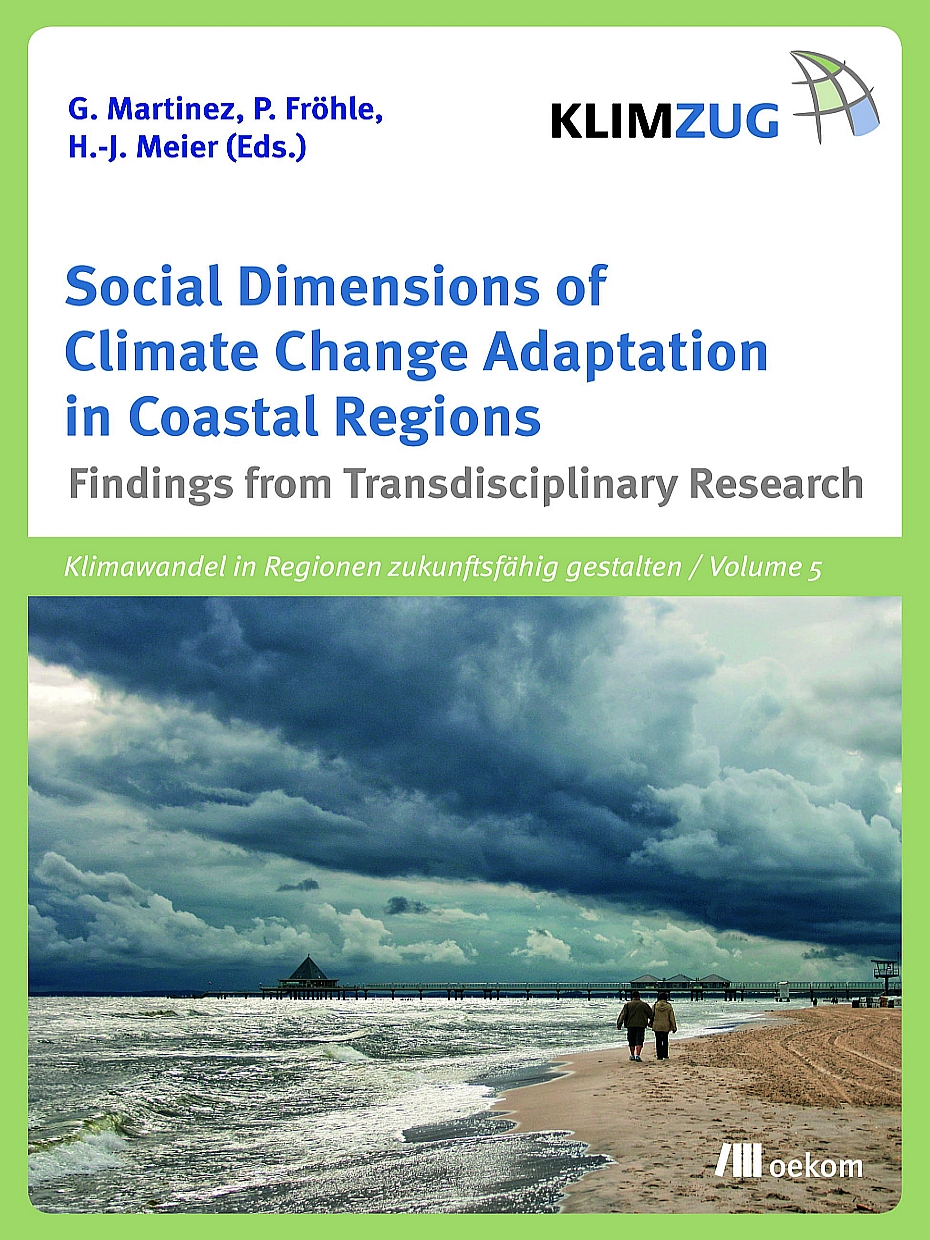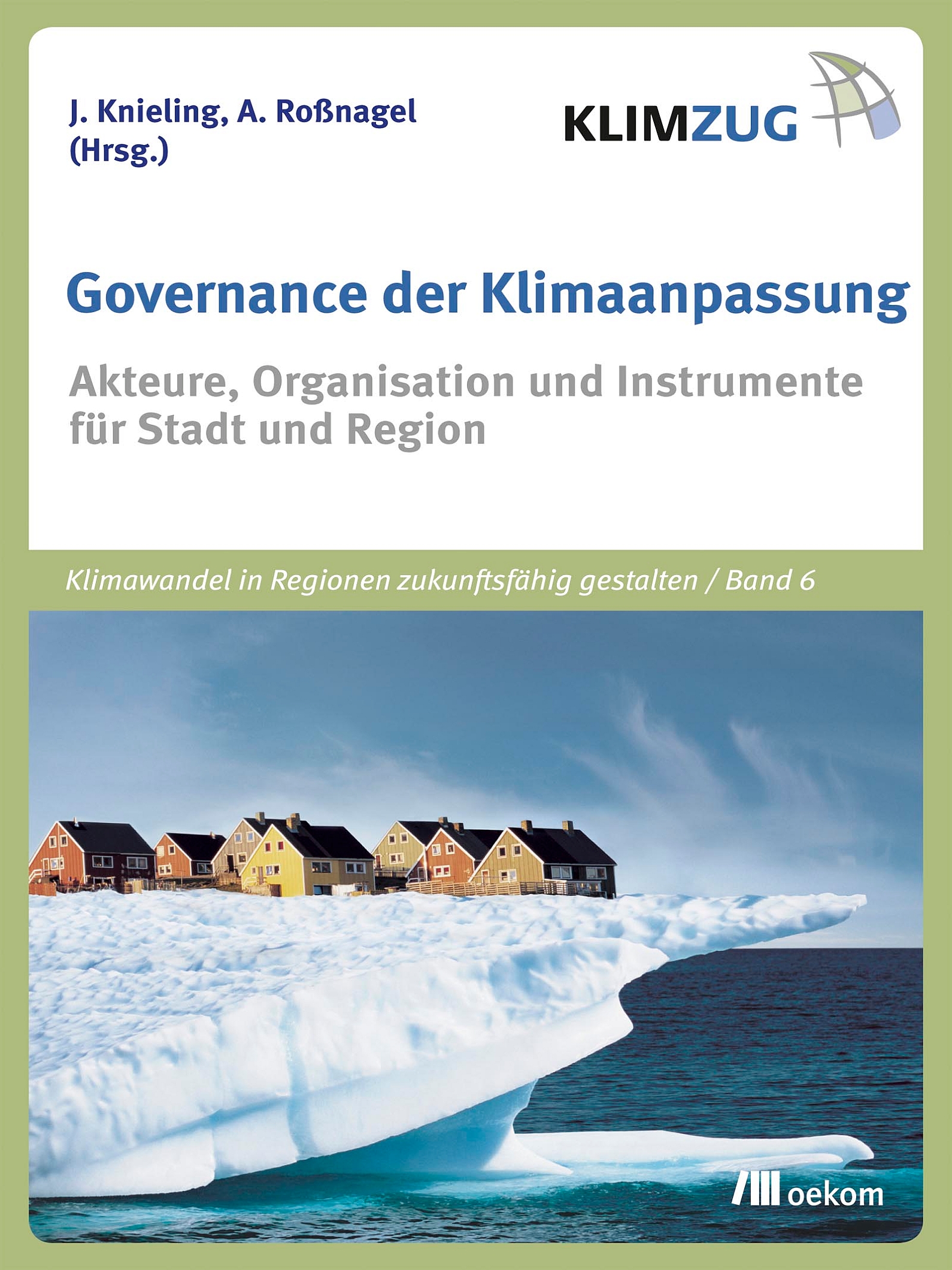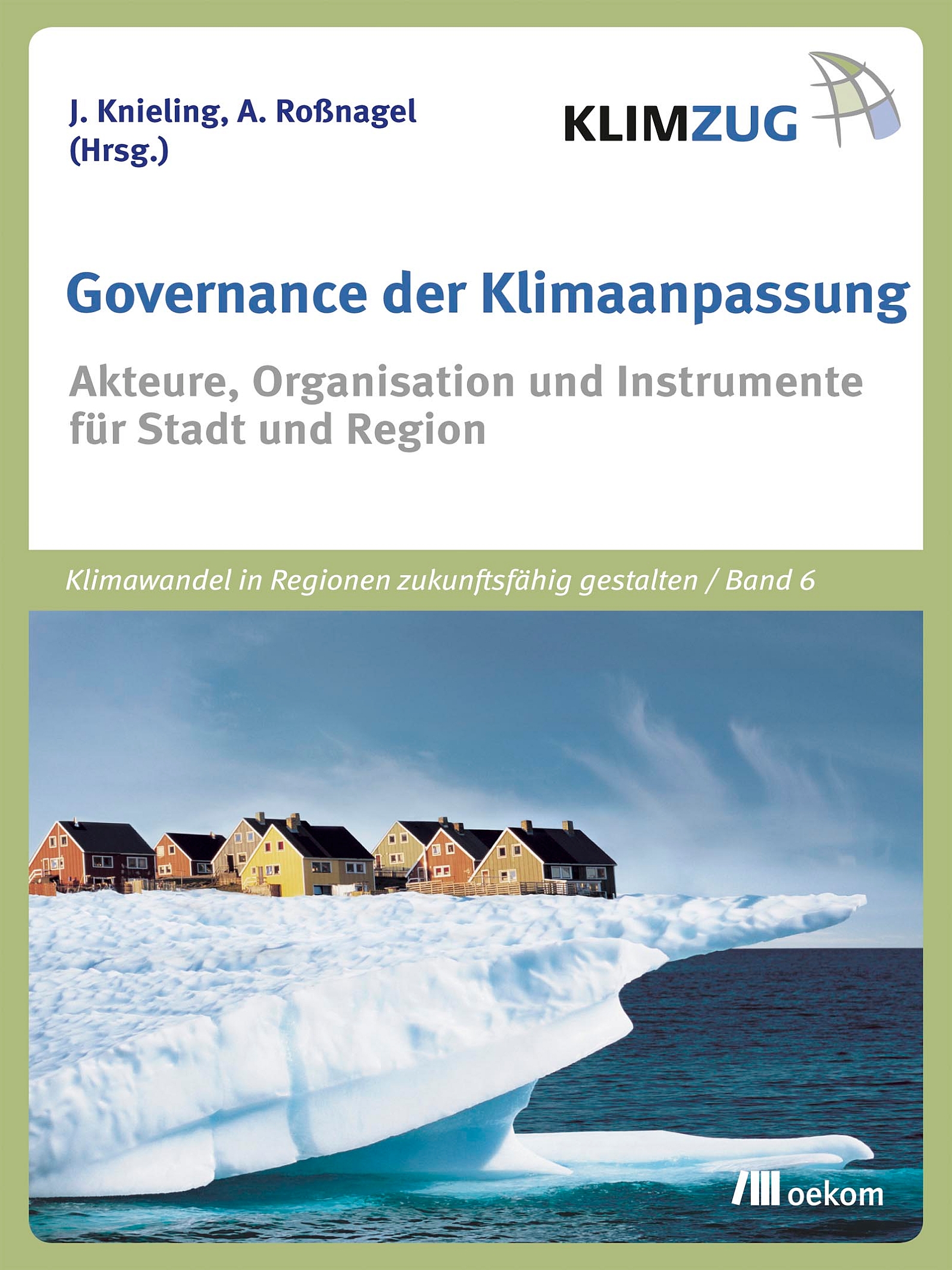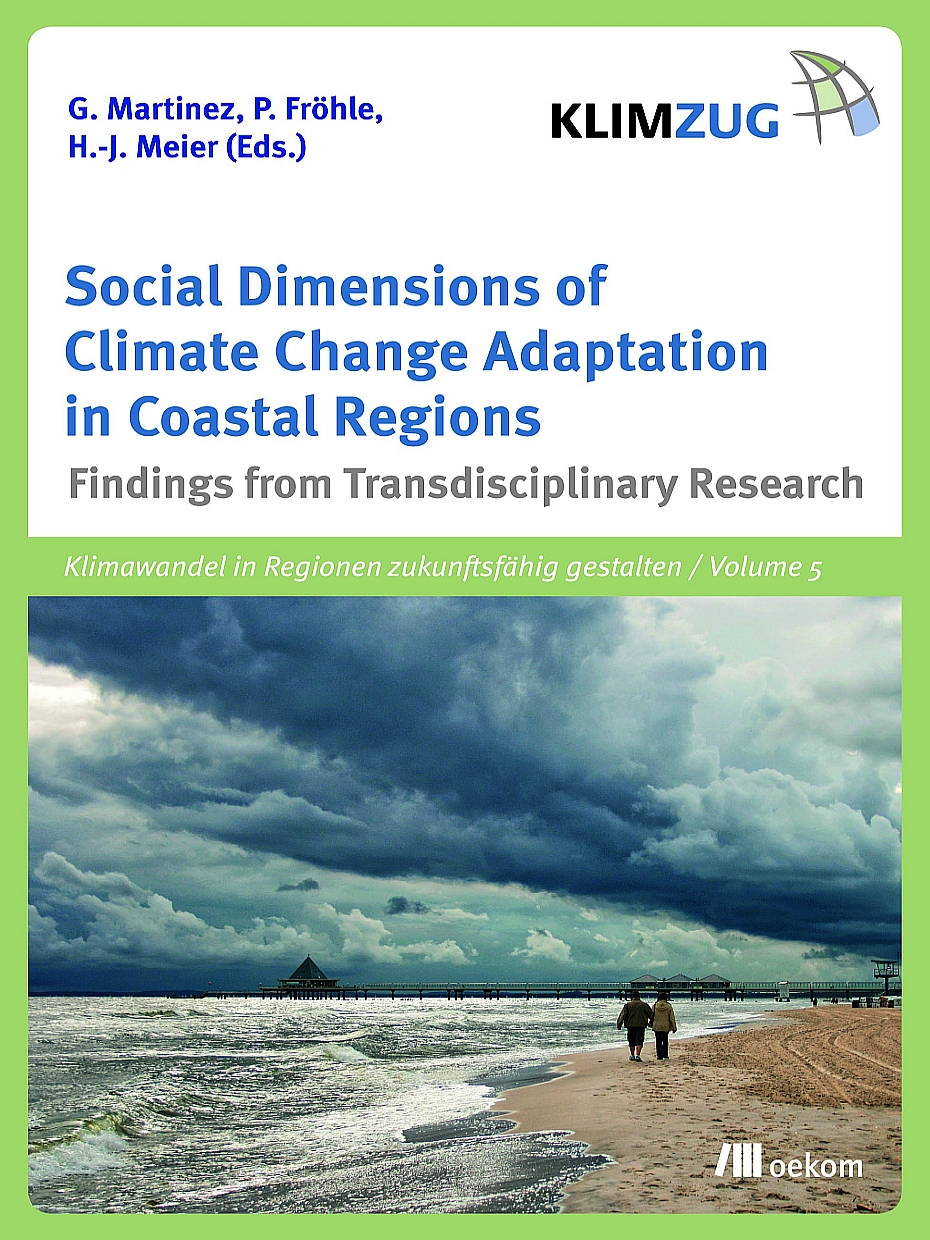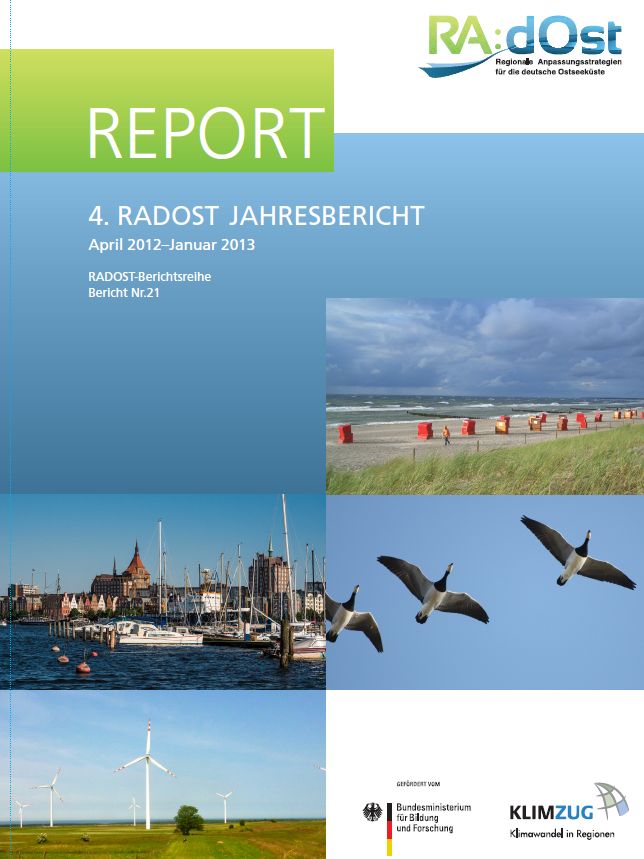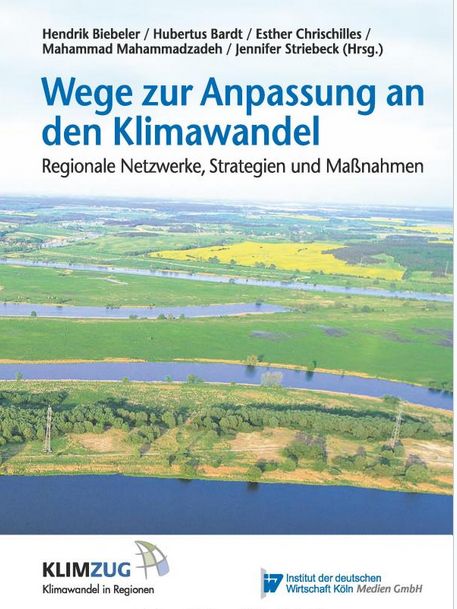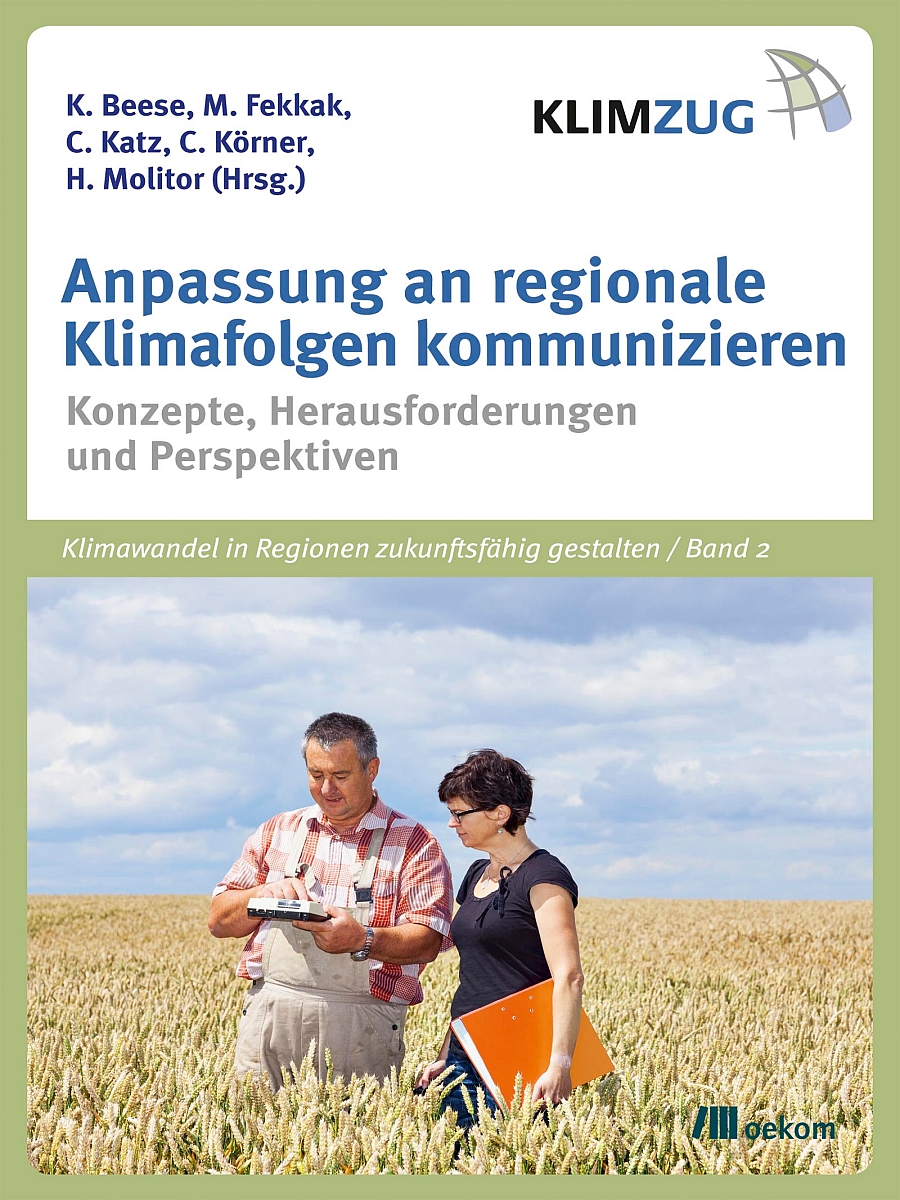This new handbook was developed as part of the project RADOST (Regional Adaptation Strategies for the German Baltic Sea Coast). It provides a concise overview of adaptation policies being planned and implemented at the national, regional, and European level, including the status of National Adaptation Strategies for all Baltic Sea EU Member States. The handbook is available for download.
In recent years, concerns over anticipated climate change impacts in the Baltic Sea region have led to the development and implementation of an array of adaptation strategies across multiple levels. A new handbook, developed under the project RADOST (Regional Adaptation Strategies in the German Baltic Sea Coast), aims to provide a concise overview of the current state of climate change adaptation strategies in the Baltic Sea region.
The handbook provides information on the potential impacts of climate change upon the Baltic Sea region, and overviews policies being planned and implemented at the national, regional and European level, including the status of National Adaptation Strategies for all eight Baltic Sea EU Member States. Elements of particular importance to for the local level are highlighted wherever possible, as this is often the site of decision making where adaptation measures are actually implemented.
Additionally, the handbook is supplemented by key definitions for common climate change adaptation terms, and a selection of relevant projects dealing with climate change adaptation in the Baltic Sea, with overviews and web addresses.
The handbook [pdf, 4.8 MB, English] is available for download.

